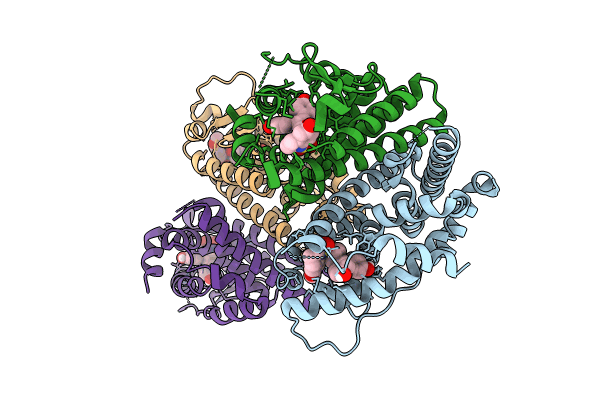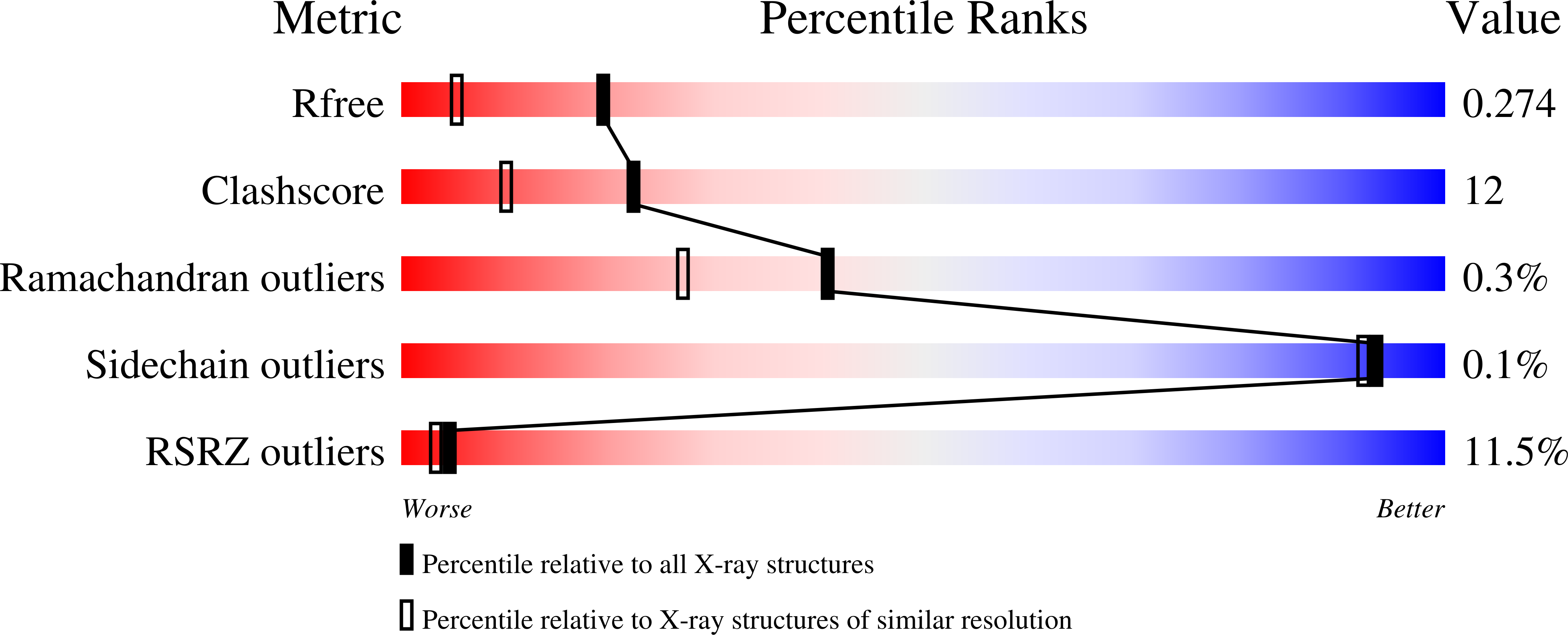
Deposition Date
2024-02-09
Release Date
2024-06-12
Last Version Date
2024-06-12
Entry Detail
PDB ID:
8VZ1
Keywords:
Title:
Crystal Structure of the ER-alpha Ligand-binding Domain (L372S, L536S) in complex with k-409
Biological Source:
Source Organism:
Homo sapiens (Taxon ID: 9606)
Host Organism:
Method Details:
Experimental Method:
Resolution:
1.82 Å
R-Value Free:
0.27
R-Value Work:
0.22
R-Value Observed:
0.22
Space Group:
P 1


